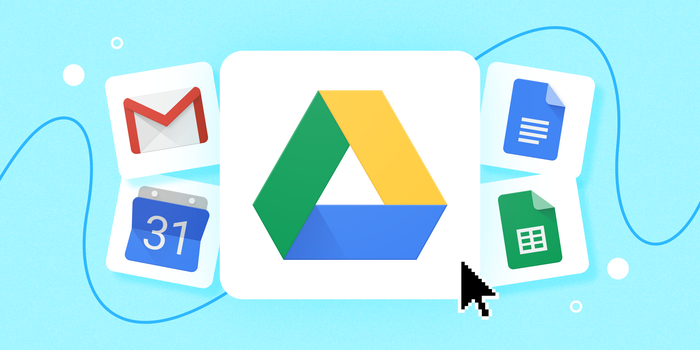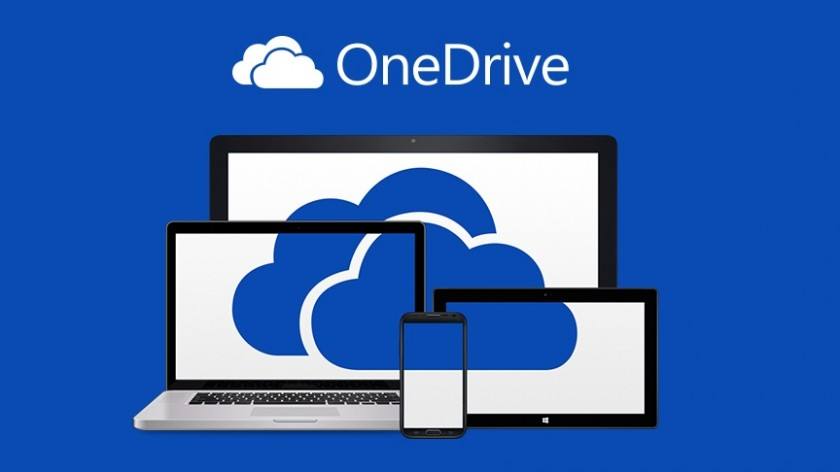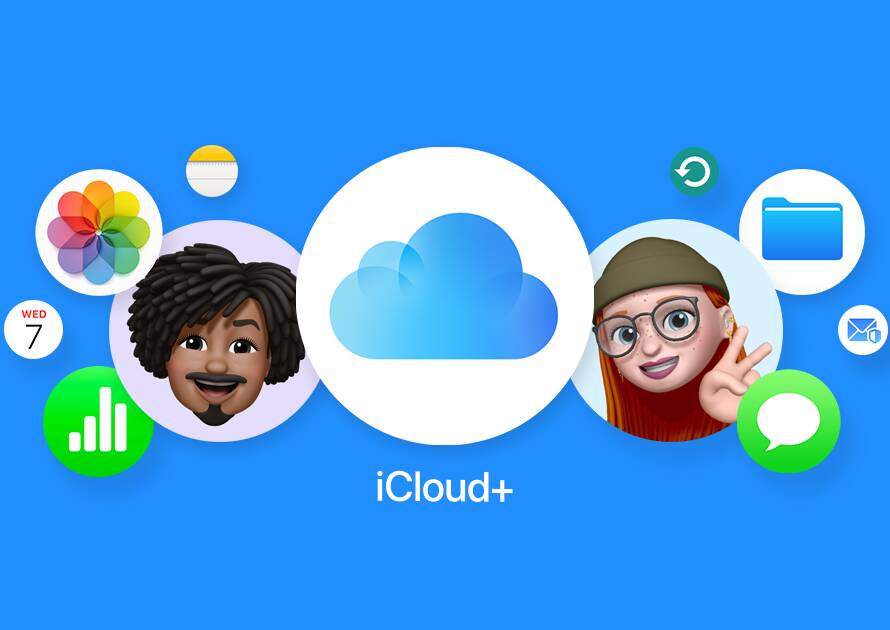Introduction:
In the era of digital transformation, cloud storage services have become essential tools for individuals and businesses alike. Google Drive and OneDrive are two of the most popular cloud storage platforms, each offering unique features and benefits. In this blog post, we’ll delve into the pros and cons of both Google Drive and OneDrive to help you make an informed decision about which one suits your needs best.
Google Drive:


Pros:
- Seamless Integration: Google Drive seamlessly integrates with other Google services like Docs, Sheets, and Slides, making collaborative work effortless.
- Generous Free Storage: Google Drive offers 15 GB of free storage, which is among the most generous in the industry.
- Collaboration Tools: Real-time collaboration features allow multiple users to work on documents simultaneously, boosting productivity.
- Powerful Search: Google’s search capabilities extend to Drive, making it easy to find files even if you have an extensive collection.
- Wide Device Compatibility: Google Drive apps are available for various platforms, ensuring access from almost any device with an internet connection.
Cons:
- Privacy Concerns: As Google is known for data collection, some users may have reservations about the privacy of their files stored on Drive.
- Limited Office Suite: While Google offers a suite of office tools, they may not be as feature-rich as some alternatives.
- Offline Access Limitations: While offline access is possible, it might be less intuitive compared to other platforms.
- Storage Caps: If you require more than 15 GB of storage, you’ll need to subscribe to a paid plan.
OneDrive:


Pros:
- Seamless Windows Integration: OneDrive integrates seamlessly with Windows 10 and Microsoft Office apps, providing a cohesive ecosystem.
- File Versioning: OneDrive automatically saves different versions of files, making it easy to recover earlier iterations.
- Advanced Security: Microsoft’s robust security measures, including encryption and two-factor authentication, enhance data protection.
- Flexible Plans: OneDrive offers various storage plans, catering to both personal users and businesses with differing storage needs.
- Easy File Sharing: Sharing files and collaborating on them is simplified, particularly if you’re already accustomed to Microsoft products.
Cons:
- Limited Free Storage: OneDrive’s free plan offers only 5 GB of storage, which can be restrictive for users with larger data needs.
- Integration Challenges: While it integrates well with Windows, integration with non-Microsoft platforms might not be as seamless.
- Collaboration Differences: Collaborative features might not be as intuitive or streamlined as those in Google Drive.
- Interface Complexity: Some users find the OneDrive interface slightly complex, especially when compared to more straightforward alternatives.
Conclusion:
Both Google Drive and OneDrive have their strengths and weaknesses, catering to different user preferences and needs. Google Drive excels in collaboration and search capabilities, while OneDrive’s integration with Windows and advanced security features make it a preferred choice for Microsoft-centric users. When choosing between the two, it’s essential to consider your existing software ecosystem, storage requirements, and collaboration preferences. Ultimately, the decision rests on which set of features aligns better with your individual or business goals.




